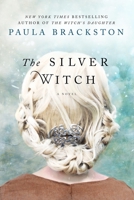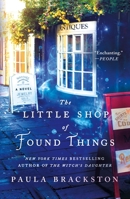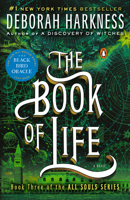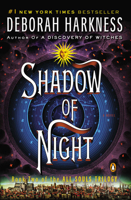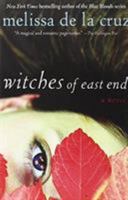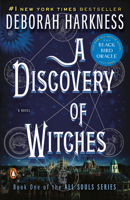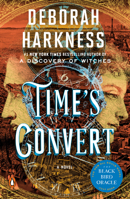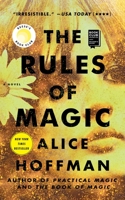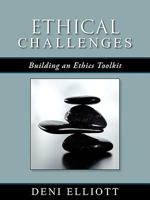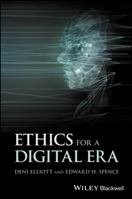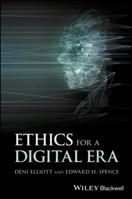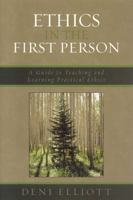You Might Also Enjoy
Book Overview
Paula Brackston, the New York Times bestselling author of The Witch's Daughter, returns with its sequel The Return of the Witch, another bewitching tale of love and magic, featuring her signature blend of gorgeous writing, a fabulous and intriguing historical backdrop, and a headstrong and relatable heroine readers will cheer for.
After five years in the Summerlands, Gideon has gained his freedom. Elizabeth knows he will go straight for Tegan, and that she must protect the girl she had come to regard as her own daughter. In the time since she the dramatic night in Batchcombe woods, Tegan has traveled the world learning from all manner of witches, and she is no longer the awkward teenager and novice spellcaster she once was. However, her skills are no match for Gideon's dark, vengeful power, and he succeeds in capturing her. Will Elizabeth be able to find her? Will they be able to defeat their nemesis once and for all? In a breathless journey that takes them through history to the 17th and 19th centuries, witch pursues warlock. Three people steeped in magic weave a new story, but not all will survive until the end.Format:Paperback
Language:English
ISBN:1250118395
ISBN13:9781250118394
Release Date:February 2017
Publisher:St. Martin's Griffin
Length:336 Pages
Weight:0.67 lbs.
Dimensions:0.9" x 5.4" x 8.2"
More by Deni Elliott
Customer Reviews
10 customer ratings | 5 reviews
There are currently no reviews. Be the first to review this work.


















